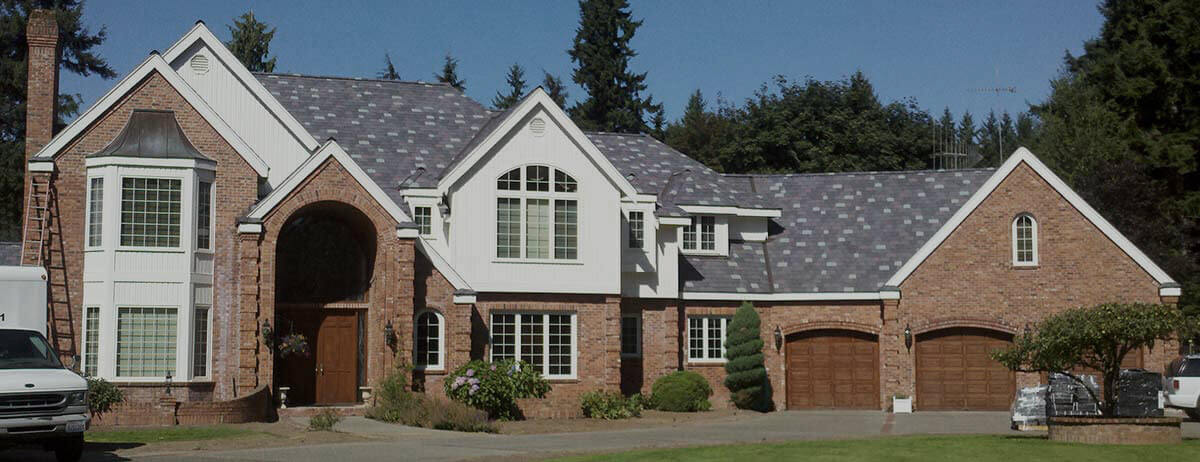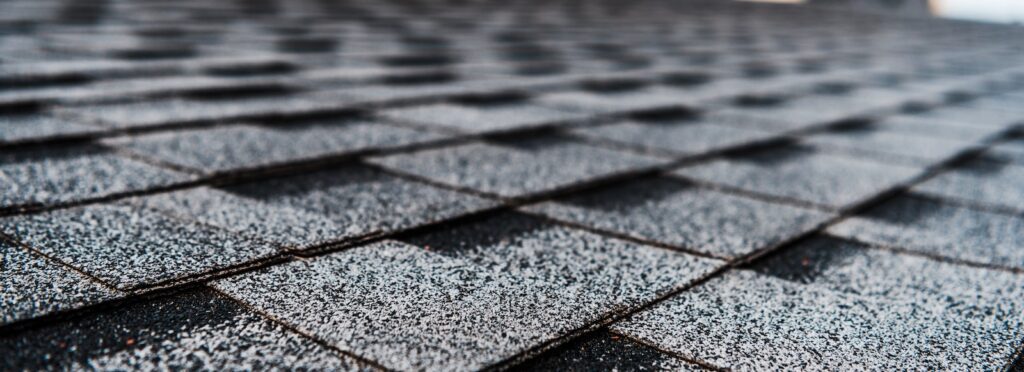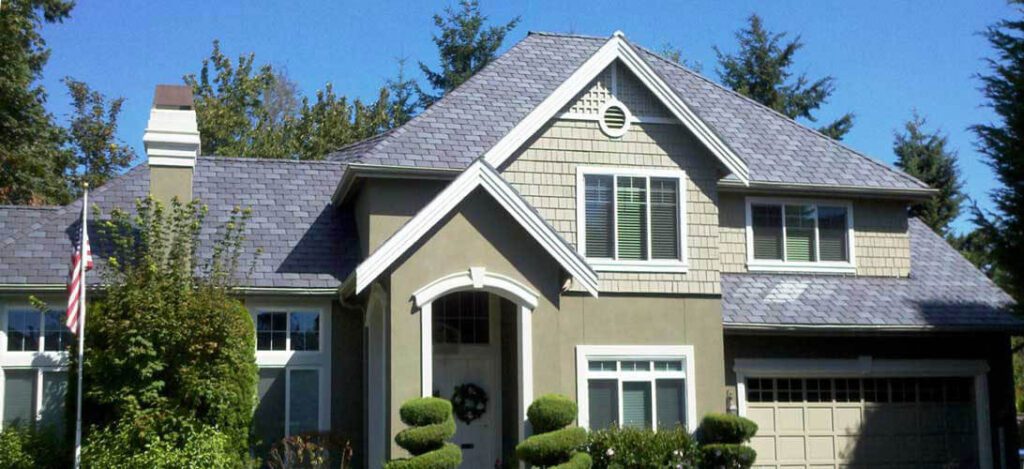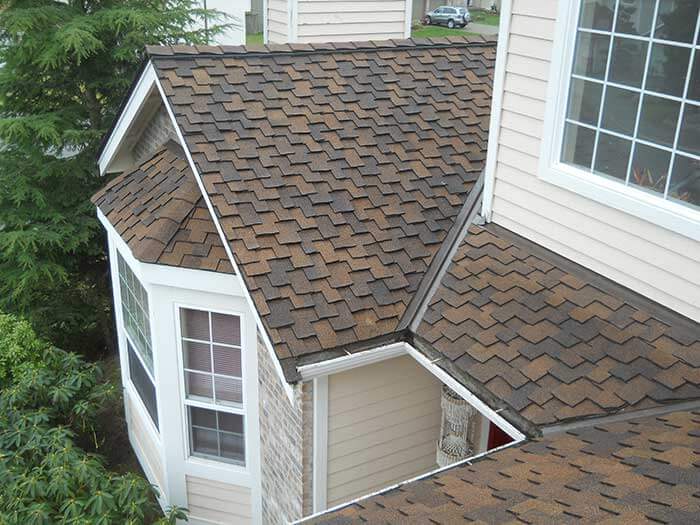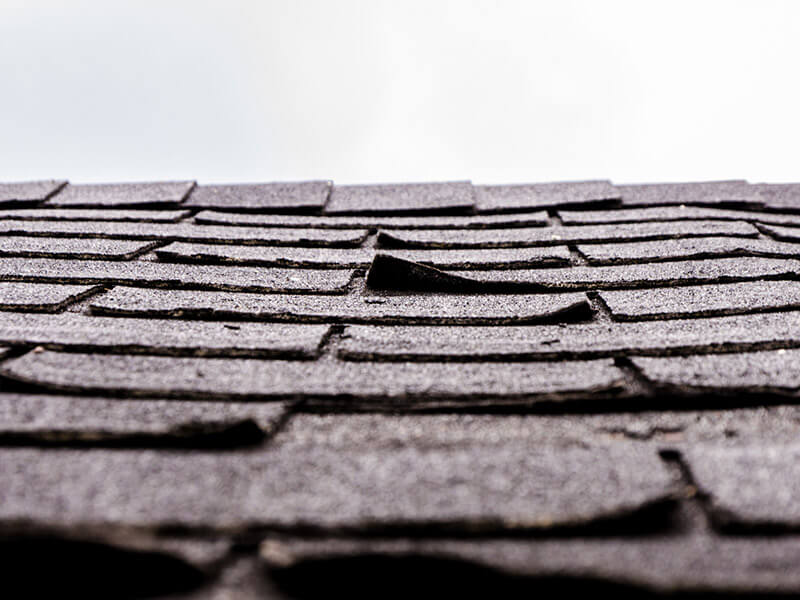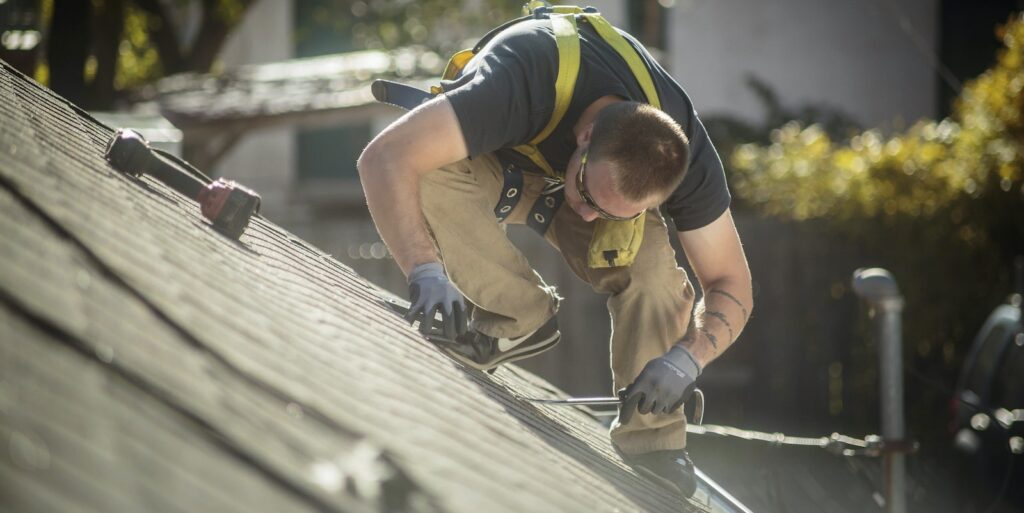Are You Considering Painting Your Roof to Give it a Refresh?
It’s funny how a simple drive through your neighborhood can suddenly make you notice things you’ve been ignoring for years. That weathered, faded look on your roof that seemed fine yesterday now feels like it’s dragging down your entire property’s appearance.
This is the reality many homeowners face when their roof shingles start showing their age. You know the roof itself is still solid—it’s only been a decade since installation—but those once-rich colors have faded to a dull, uninspiring shade. Before considering major expenses, you might explore options like professional roof cleaning. But if cleaning isn’t enough to achieve the look you want, painting emerges as an intriguing middle-ground solution.
Enter roof painting—a surprisingly effective home improvement strategy that’s gaining traction among budget-conscious homeowners. Painting roof shingles is not only possible, it’s becoming a popular way to dramatically transform a home’s appearance without the massive expense of re-roofing.
Understanding What You’re Working With
Before we dive into the how-to, let’s talk about what types of roofing materials can handle a fresh coat of paint. The good news is that most common roofing materials are paintable. Asphalt shingles, metal roofing, concrete tiles, slate, and clay tiles can all be successfully painted with the right approach and materials.
However, there’s one notable exception: terra-cotta tiles. These come with a natural glaze that prevents paint from properly adhering to the surface, even when using specialized roof paints. If you have terra-cotta tiles, you’ll need to explore other options for updating your roof’s appearance.
The Benefits That Make Homeowners Consider Roof Painting
When you consider that the alternative is roof repair -or more likely a roof replacement, painting your roof has some great benefits.
Transform Your Home’s Appearance Instantly
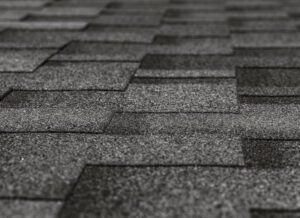
One of the most compelling reasons homeowners choose to paint their roof is the immediate visual impact. Your roof covers a significant portion of your home’s exterior, and changing its color can dramatically alter your home’s overall aesthetic. Whether you want to modernize a traditional look or simply refresh faded shingles, paint offers incredible flexibility. Depending on if your home is white or another color, think of how the overall color scheme will be affected.
Potential Energy Savings
Here’s something that might surprise you: painting your roof in a light, reflective color like white or light gray can actually help reduce your cooling costs during hot summer months. Light colors naturally reflect more sunlight and heat away from your home, which means your air conditioning system doesn’t have to work as hard to maintain comfortable indoor temperatures.
Extend Your Roof’s Lifespan
When you use high-quality acrylic latex paint specifically designed for roofing applications, you’re adding a protective layer that can help shield your shingles from UV radiation and general wear. This protective barrier can potentially extend your roof’s lifespan, though it’s not a magic solution for underlying problems.
Budget-Friendly Alternative
Let’s be honest—roof replacement is expensive. A quality paint job on your shingles costs significantly less than tearing off and replacing the entire roof. When you factor in the cost of paint, equipment rental, and your time, painting offers substantial savings over a complete roof overhaul.
Important Considerations Before You Start
Painting your roof may seem like a quick and cost effective solution, but before you head to your local home improvement store, there are some important details you need to consider.
Check Your Warranty and Local Regulations
Before you open that first paint can, take a moment to review your roofing materials’ warranty. Many manufacturers will void their warranty if you paint the shingles, as painting alters the surface properties they originally designed. This is a crucial consideration that could affect your coverage if problems arise later.
Additionally, check with your homeowners’ association and local building codes. Some communities have strict guidelines about exterior modifications, including roof color changes. Getting proper approval upfront can save you from headaches and potential fines down the road.
Climate Considerations Matter
Your local climate plays a significant role in how well roof paint will perform over time. If you live in an area with intense sunlight, expect more frequent touch-ups as the paint may fade or peel faster. Humid or coastal environments increase the risk of mold and mildew issues, while areas with harsh winters introduce concerns about freeze-thaw cycles and ice dam formation.
Generally speaking, you should plan to repaint your roof every 5-7 years, compared to the typical 15-20 year lifespan of quality shingles. This ongoing maintenance requirement is something to factor into your long-term planning and budget.
The Challenges You Should Know About
Ongoing Maintenance Requirements
Once you paint your roof, you’re committing to regular maintenance. Plan on inspecting your painted roof at least annually, looking for areas where the paint has bubbled, chipped, or peeled. These issues need prompt attention to prevent moisture from getting trapped beneath the paint layer, which can lead to serious problems.
Potential for Moisture Problems
This is perhaps the most serious concern with roof painting. If you don’t use the right type of paint or if the application isn’t done properly, there’s a real risk of trapping moisture within the roof layers. This trapped moisture can lead to mold growth, mildew, and even wood rot in the underlying roof structure.
It’s Not a Repair Solution
Paint might make your roof look better, but it won’t fix underlying problems. Cracked shingles, leaks, or structural issues need proper repairs before you even think about painting. If your roof has significant damage or is nearing the end of its expected lifespan, painting might just be postponing the inevitable replacement.
How to Properly Paint Roof Shingles
Surface Preparation Is Critical
The key to a successful roof painting project lies in thorough preparation. Start by giving your roof a comprehensive cleaning—this might involve pressure washing to remove dirt, debris, and any biological growth like moss or algae. If you discover mildew or algae, treat these areas with appropriate cleaning solutions before proceeding.
After cleaning, allow the roof to dry completely. This isn’t just about surface moisture—you need to ensure that no moisture is trapped in the shingle layers. Rushing this step is one of the most common mistakes that leads to problems later.
If your shingles are old, brittle, or particularly porous, consider applying a primer designed for roofing applications. This extra step can significantly improve paint adhesion and longevity.
Choosing the Right Shingle Paint
Not all paints are created equal, especially when it comes to roofing applications. You need an acrylic latex paint specifically formulated for roof use. These paints are designed to withstand the unique challenges of rooftop environments, including UV exposure, temperature fluctuations, and moisture.
- BEHR Multi-Surface Roof Paint
- GAF RoofMate TopCoat
- Henry 587 Dura-Brite White Elastomeric Roof Coating
Don’t try to save money by using regular exterior paint—it simply won’t hold up to the demands of roof applications. When shopping for paint, look for products explicitly labeled as roofing paint, and don’t hesitate to ask knowledgeable staff at your local home improvement store for recommendations.
Safety Should Be Your Top Priority
Working on a roof is inherently dangerous, and painted shingles can become even more slippery than untreated ones. If you’re not experienced working at heights, seriously consider hiring professionals for this project. The cost difference might be worth it for the peace of mind and safety.
If you do decide to tackle this as a DIY project, invest in proper safety equipment. This includes fall arrest systems, safety harnesses, and sturdy ladders. Never work alone—always have a partner who can assist and call for help if needed.
Professional Application Tips
Equipment Matters
While you could paint a roof with brushes and rollers, using a paint sprayer will give you much better results. Sprayers provide more even coverage and can handle the textured surface of shingles more effectively. Most tool rental centers carry paint sprayers suitable for this type of project.
Protect Everything Else
Before you start spraying, set up comprehensive protection for your house exterior, landscaping, and any outdoor furniture. Paint overspray can travel farther than you might expect, especially on windy days. Use drop cloths, plastic sheeting, and masking tape to protect areas you don’t want painted.
Weather Timing
Choose your painting days carefully. Avoid painting in direct sunlight during the hottest part of the day, as this can cause the paint to dry too quickly and affect adhesion. Similarly, don’t paint when rain is expected within 24 hours, as moisture can ruin your work.
Making the Decision
Painting your roof shingles can be an effective way to update your home’s appearance and potentially extend your roof’s life, but it’s not a decision to take lightly. Consider your local climate, your comfort level with ongoing maintenance, and whether your roof has any underlying issues that need addressing first.
If your shingles are relatively new and in good condition, painting might be an excellent option. However, if your roof is approaching the end of its expected lifespan or has significant damage, you might be better served by investing in roof replacement rather than painting.
Remember, when in doubt, consult with roofing professionals like Larry Haight’s Residential Roofing Company, Inc. who can assess your specific situation and help you make the best decision for your home and budget. If you live in the Seattle area and need roofing services, contact us today!

